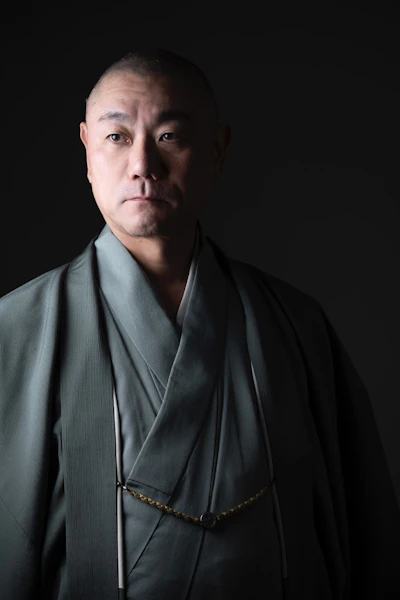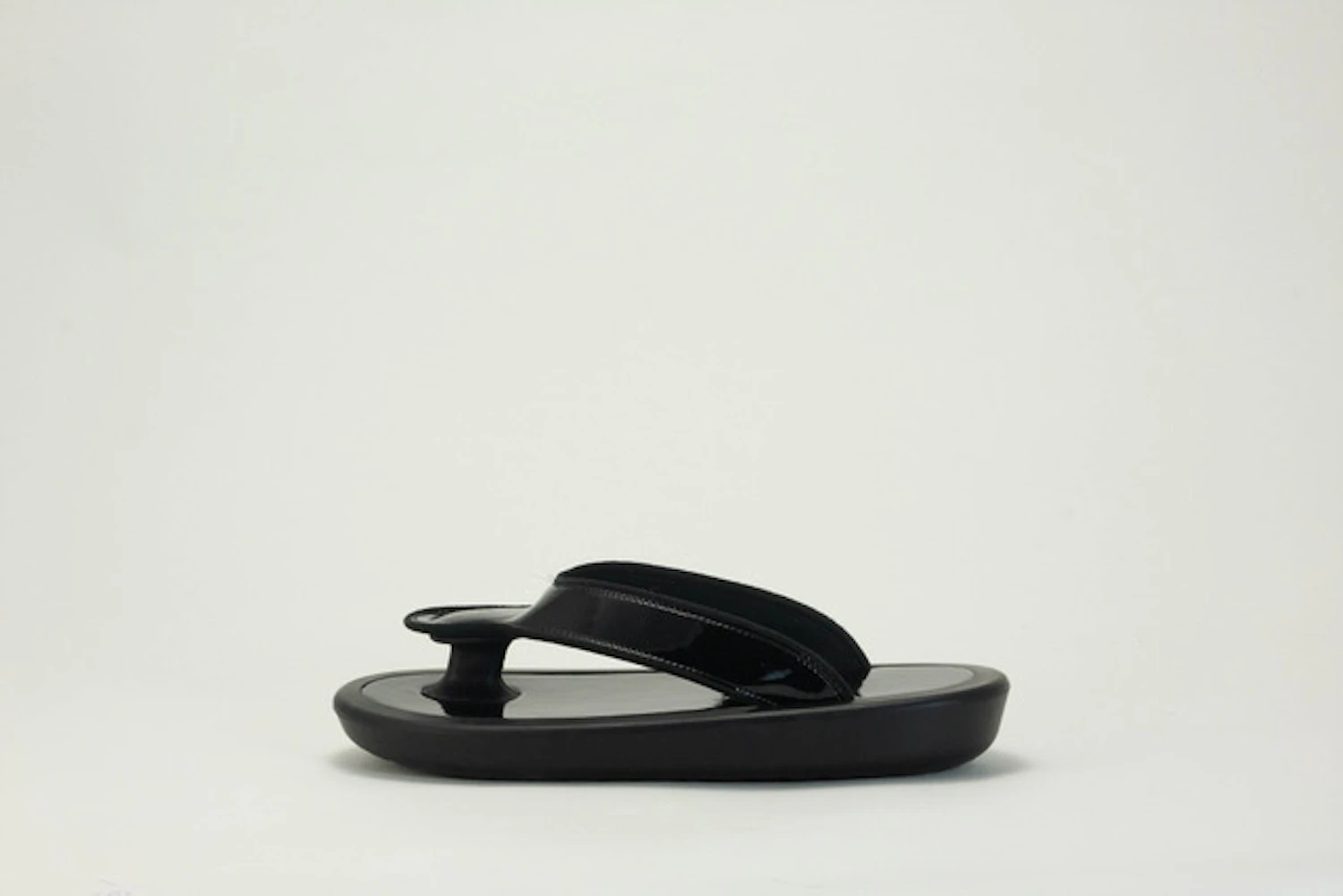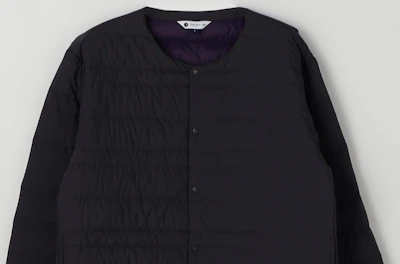The Passion Towards Footwear Culture Embodied in 'JOJO Naitou', Which Traces Its Roots to Straw Sandals


As the fifth-generation proprietor of 'Gion Naitou,' a traditional craftsman boasting a 140-year tradition founded on the crafting philosophy of 'beauty of utility.'
He himself is also active as a shoku-shonin (a merchant who also crafts by hand). In response to the Great East Japan Earthquake, in 2011, he launched a new brand, 'mana project'. Using the techniques cultivated over 140 years and modern sensibilities, he unveiled a new form of footwear, 'JOJO Naitou'. In 2020, amidst societal changes due to the pandemic, he created 'KAPPO,' the second product under the 'manaproject.' In 2021, he released 'kodori,' a wedge sole type that does not differentiate between Japanese and Western style. Under the belief that 'the power of footwear is to bridge the most basic aspects of life, namely, clothing, food, and housing, and thus, connecting life and dreams,' he continues to express a unique worldview, promoting beauty and health.
The Crucial Few Millimeters of the Toe Thong

Please tell us about the production process of 'JOJO Naitou.'
We started selling it in 2013, but the inspiration came from 2011 when the Great East Japan Earthquake occurred. A Shinto priest who went to India to pray for the calming of the earthquake invited me to accompany him.RELATED ARTICLES









.jpg?w=400&fm=webp)







.png?w=400&fm=webp)


